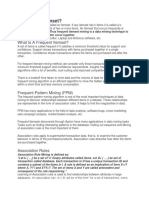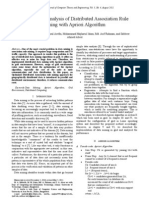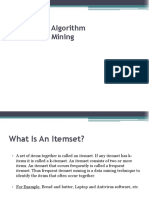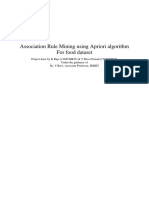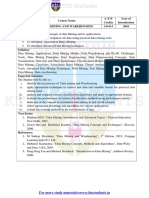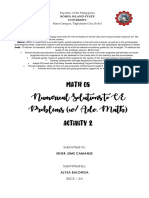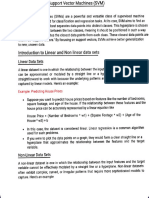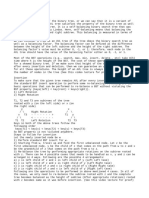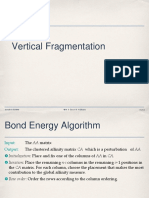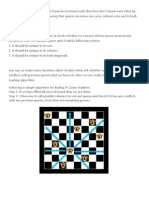0% found this document useful (0 votes)
122 views13 pagesModule5 DMW
This document discusses module 5 of a syllabus covering association rule mining concepts and algorithms. It introduces association rule mining, the Apriori algorithm for finding frequent itemsets, and generating association rules. The Apriori algorithm uses a level-wise search approach to iteratively find candidate itemsets that meet minimum support, pruning unpromising candidates at each level based on the Apriori property.
Uploaded by
Sreenath SreeCopyright
© © All Rights Reserved
We take content rights seriously. If you suspect this is your content, claim it here.
Available Formats
Download as PDF, TXT or read online on Scribd
0% found this document useful (0 votes)
122 views13 pagesModule5 DMW
This document discusses module 5 of a syllabus covering association rule mining concepts and algorithms. It introduces association rule mining, the Apriori algorithm for finding frequent itemsets, and generating association rules. The Apriori algorithm uses a level-wise search approach to iteratively find candidate itemsets that meet minimum support, pruning unpromising candidates at each level based on the Apriori property.
Uploaded by
Sreenath SreeCopyright
© © All Rights Reserved
We take content rights seriously. If you suspect this is your content, claim it here.
Available Formats
Download as PDF, TXT or read online on Scribd
/ 13



































